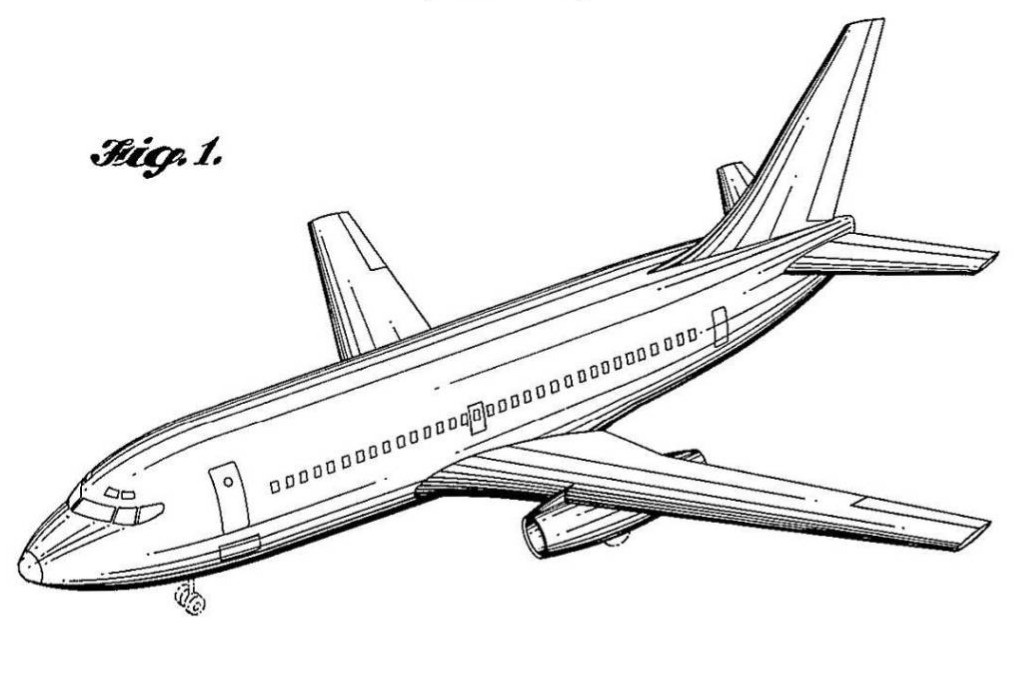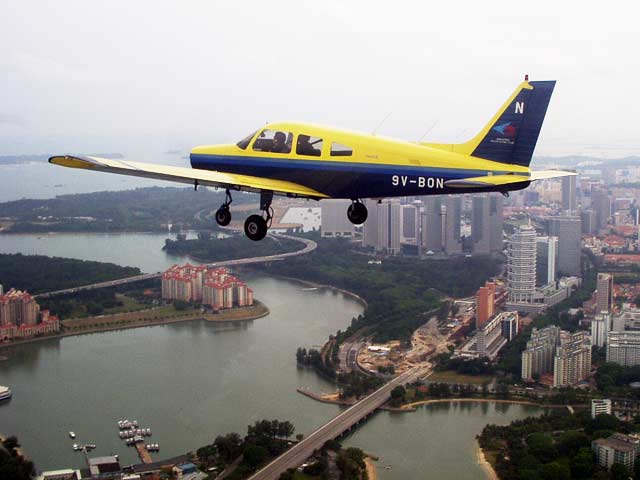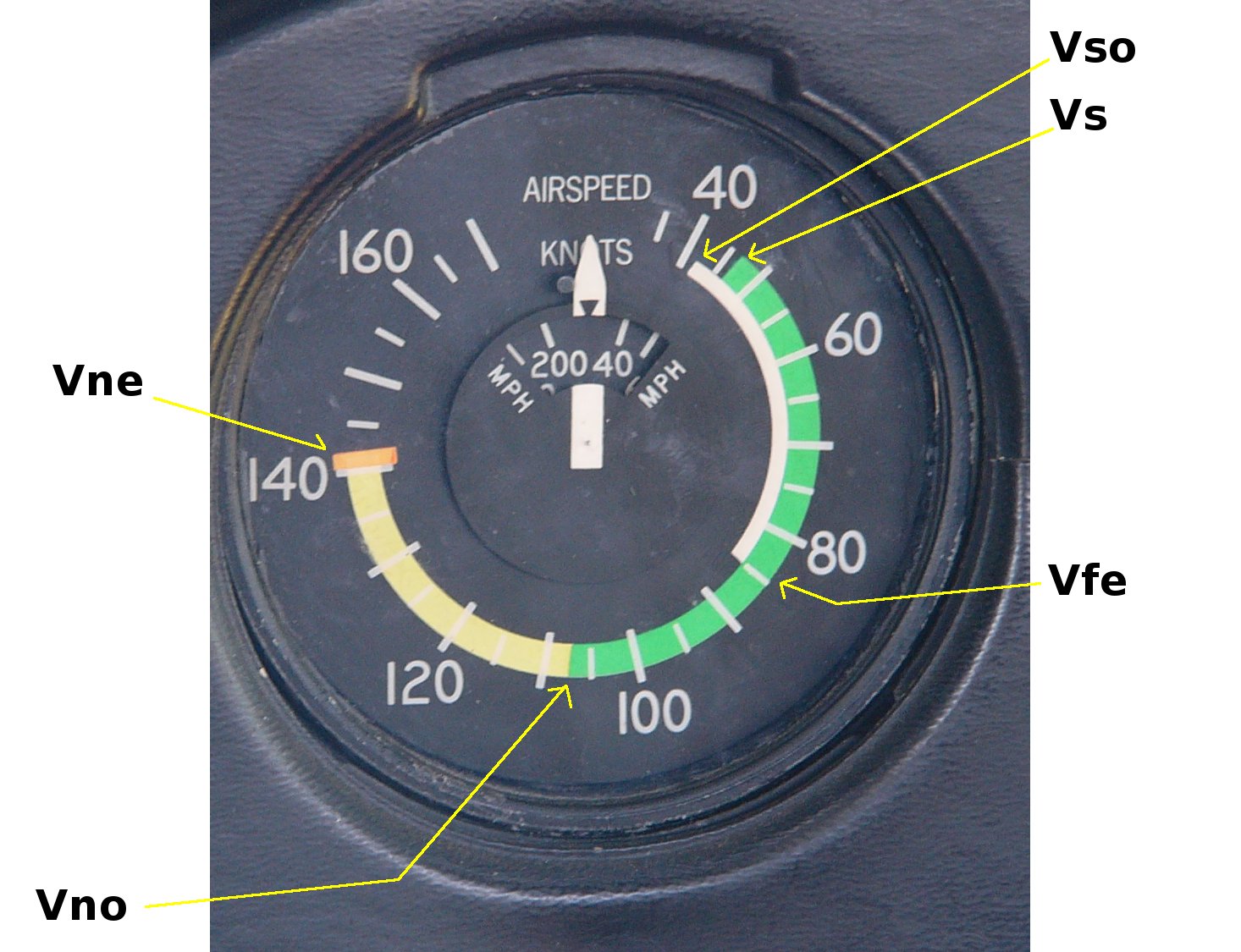|
Federal Aviation Regulations
The Federal Aviation Regulations (FARs) are rules prescribed by the Federal Aviation Administration (FAA) governing all aviation activities in the United States. The FARs comprise Title 14 of the Code of Federal Regulations (14 CFR). A wide variety of activities are regulated, such as aircraft design and maintenance, typical airline flights, pilot training activities, hot-air ballooning, lighter-than-air aircraft, human-made structure heights, obstruction lighting and marking, model rocket launches, commercial space operations, model aircraft operations, unmanned aircraft systems (UAS) and kite flying. The rules are designed to promote safe aviation, protecting pilots, flight attendants, passengers and the general public from unnecessary risk. FAR vs. 14 CFR Since 1958, these rules have typically been referred to as "FARs", short for Federal Aviation Regulations. However, another set of regulations (Title 48) is titled "Federal Acquisition Regulations", and this has led ... [...More Info...] [...Related Items...] OR: [Wikipedia] [Google] [Baidu] |
Federal Aviation Administration
The Federal Aviation Administration (FAA) is a Federal government of the United States, U.S. federal government agency within the United States Department of Transportation, U.S. Department of Transportation that regulates civil aviation in the United States and surrounding international waters. Its powers include air traffic control, certification of personnel and aircraft, setting standards for airports, and protection of U.S. assets during the launch or re-entry of commercial space vehicles. Powers over neighboring international waters were delegated to the FAA by authority of the International Civil Aviation Organization. The FAA was created in as the Federal Aviation Agency, replacing the Civil Aeronautics Administration (United States), Civil Aeronautics Administration (CAA). In 1967, the FAA became part of the newly formed U.S. Department of Transportation and was renamed the Federal Aviation Administration. Major functions The FAA's roles include: *Regulating U.S. co ... [...More Info...] [...Related Items...] OR: [Wikipedia] [Google] [Baidu] |
Air Transportation Stabilization Board
The Air Transportation Stabilization Board (ATSB) is an office of United States Department of the Treasury created to assist US airlines in the wake of the September 11, 2001 attacks. The Air Transportation Safety and System Stabilization Act, signed into law September 22, 2001, authorizes the board to issue up to $10 billion in federal loan guarantees to air carriers for which credit is not otherwise available and where "such agreement is a necessary part of maintaining a safe, efficient and viable commercial aviation system in the United States." Loan guarantees Between 2001 and 2003, the ATSB approved applications for loan guarantees from seven carriers: America West Airlines, US Airways, American Trans Air, Aloha Airlines, Frontier Airlines, Evergreen International Airlines, and World Airways World Airways, Inc. was an American airline headquartered in Peachtree City, Georgia in Greater Atlanta. During the regulated era that ended after 1978, World was a supplemental ai ... [...More Info...] [...Related Items...] OR: [Wikipedia] [Google] [Baidu] |
Fire Protection
Fire protection is the study and practice of mitigating the unwanted effects of potentially Conflagration, destructive fires. It involves the study of the behaviour, Compartmentalization (fire protection), compartmentalisation, suppression and investigation of fire and its related emergencies, as well as the research and development, production, testing and application of mitigating systems. In structures, be they land-based, offshore or even ships, owners and operators may be responsible for maintaining their facilities in accordance with a design-basis rooted in law, including local building code, building and fire code, fire codes. Buildings must be maintained in accordance with the current fire code, enforced by fire prevention officers of a local fire department. In the event of fire emergencies, Firefighters, fire investigators, and other fire prevention personnel are called to mitigate, investigate and learn from the Fire damage, damage of a fire. Classifying fires When dec ... [...More Info...] [...Related Items...] OR: [Wikipedia] [Google] [Baidu] |
Airbus A300
The Airbus A300 is Airbus' first production aircraft and the world's first Twinjet, twin-engine, double-aisle Wide-body aircraft, (wide-body) airliner. It was developed by ''Airbus Industrie GIE'', now merged into Airbus SE, and manufactured from 1971 to 2007. In September 1967, aircraft manufacturers in France, West Germany and the United Kingdom signed an initial memorandum of understanding to collaborate to develop an innovative large airliner. The French and West Germans reached a firm agreement on 29 May 1969, after the British withdrew from the project on 10 April 1969. A new collaborative aerospace manufacturer, aerospace company, ''Airbus Industrie GIE'', was formally created on 18 December 1970 to develop and produce it. The A300 prototype first flew on 28 October 1972. The first twin-engine widebody airliner, the A300 typically seats 247 passengers in two classes over a Range (aircraft), range of 5,375 to 7,500 km (2,900 to 4,050 nmi; ). Initial variants ... [...More Info...] [...Related Items...] OR: [Wikipedia] [Google] [Baidu] |
Boeing 737
The Boeing 737 is an American narrow-body aircraft, narrow-body aircraft produced by Boeing at its Boeing Renton Factory, Renton factory in Washington (state), Washington. Developed to supplement the Boeing 727 on short and thin routes, the twinjet retained the Boeing 707, 707 fuselage width and six abreast seating but with two underwing Pratt & Whitney JT8D low-bypass turbofan engines. Envisioned in 1964, the initial 737-100 made its first flight in April 1967 and entered service in February 1968 with Lufthansa. The lengthened 737-200 entered service in April 1968, and evolved through four generations, offering several variants for 85 to 215 passengers. The First Generation 737-100/200 variants were powered by Pratt & Whitney JT8D low-bypass turbofan engines and offered seating for 85 to 130 passengers. Launched in 1980 and introduced in 1984, the Second Generation Boeing 737 Classic, 737 Classic -300/400/500 variants were re-engine, upgraded with more fuel-efficient CFM In ... [...More Info...] [...Related Items...] OR: [Wikipedia] [Google] [Baidu] |
Piper Cherokee
The Piper PA-28 Cherokee is a family of two-seat or four-seat light aircraft built by Piper Aircraft and designed for flight training, air taxi and personal use.Plane and Pilot: ''1978 Aircraft Directory'', pages 62–64. Werner & Werner Corp, Santa Monica CA, 1977. The PA-28 family of aircraft comprises all-metal, unpressurized, single piston-engined airplanes with low mounted wings and tricycle landing gear. They have a single door on the right side, which is entered by stepping on the wing. The PA-28 is the fourth most produced aircraft in history. The first PA-28 received its type certificate from the Federal Aviation Administration in 1960 and the series remains in production to this day. The Archer was discontinued in 2009, but with investment from new company ownership, the model was put back into production in 2010. As of 2024, five models were in production; the Archer TX and LX, the diesel-powered Archer DX and DLX, and the Pilot 100i. The PA-28 series competed ... [...More Info...] [...Related Items...] OR: [Wikipedia] [Google] [Baidu] |
Cessna 150
The Cessna 150 is a two-seat tricycle gear general aviation airplane that was designed for flight training, touring and personal use.Plane and Pilot: ''1978 Aircraft Directory'', pages 22-23. Werner & Werner Corp, Santa Monica CA, 1977. In 1977, it was succeeded in production by the Cessna 152, a minor modification to the original design. The Cessna 150 is the List of most produced aircraft, fifth most produced aircraft ever, with 23,839 produced. The Cessna 150 was offered for sale in named configurations that included the Standard basic model, the Trainer with dual controls, and the deluxe Commuter, along with special options for these known as Patroller options. Later, these configurations were joined by the top-end Commuter II and the aerobatic Aerobat models. In 2007, Cessna announced a successor to the Model 150 and 152, the Cessna 162, Model 162 Skycatcher. Development In the mid-1950s, Cessna, Cessna Aircraft Company began development of a successor to the popular ... [...More Info...] [...Related Items...] OR: [Wikipedia] [Google] [Baidu] |
Piper PA-34 Seneca
The Piper PA-34 Seneca is a twin-engined light aircraft, produced in the United States by Piper Aircraft. It has been in non-continuous production since 1971. The Seneca is primarily used for personal and business flying as well as multi-engine class rating flight training. Development The Seneca was developed as a twin-engined version of the Piper Cherokee Six. The prototype was a Cherokee Six that had wing-mounted engines installed, retaining its nose engine. The prototype was flown as a tri-motor aircraft in the initial stages of the test-flying program. PA-34-180 Twin Six With the decision to abandon the three-engined design tested on the PA-32-3M, the PA-34 was developed as a twin-engined aircraft. The prototype PA-34-180 Twin Six, registered as ''N3401K'', first flew on 25 April 1967. The prototype had two Lycoming O-360 engines, a fixed nosewheel landing gear and a Cherokee Six vertical tail. The second prototype flew on 30 August 1968, still with the Lycomings but had ... [...More Info...] [...Related Items...] OR: [Wikipedia] [Google] [Baidu] |
Cirrus SR20
The Cirrus SR20 is an American piston-engined, four- or five-seat composite material, composite monoplane built since 1999 by Cirrus Aircraft of Duluth, Minnesota. The aircraft is the company's earliest type certificate, type-certified model, earning certification in 1998. It was the first production general aviation (GA) aircraft equipped with a Cirrus Airframe Parachute System, parachute to lower the airplane safely to the ground after a loss of control, structural failure, or midair collision. The SR series was also the first mass-manufactured light aircraft with all-composite construction and glass cockpit, flat-panel avionics. The SR20 was developed into the Cirrus SR22, which was introduced in 2001 and is the list of most-produced aircraft, most-produced GA aircraft of the 21st century. Design and development The SR20 mock-up was unveiled in 1994. The aircraft first flew on 21 March 1995 and Federal Aviation Administration, FAA certification was achieved on 23 October ... [...More Info...] [...Related Items...] OR: [Wikipedia] [Google] [Baidu] |
Cessna 177
The Cessna 177 Cardinal is a light single-engine, high-wing general aviation aircraft produced by Cessna. It was intended to replace the Cessna 172 Skyhawk. First announced in 1967, it was produced from 1968 to 1978.Christy, Joe: ''The Complete Guide to the Single-Engine Cessnas – 3rd Ed.'', pp. 54–61. TAB Books, 1979. Plane and Pilot: ''1978 Aircraft Directory'', p. 25. Werner & Werner Corp Publishing, 1978. Development The Cessna 177 (originally Model 341)Phillips, Edward H: ''Wings of Cessna, Model 120 to the Citation III'', Flying Books, 1986. was designed in the mid-1960s when the engineers at Cessna were asked to create a "futuristic 1970s successor to the Cessna 172". The resulting aircraft featured newer technology such as a cantilever wing lacking the lift struts of previous models, and a new laminar flow airfoil. The 177 is the only production high-wing single-engined Cessna since the Cessna 190 & 195 series to have both fixed landing gear and a cantileve ... [...More Info...] [...Related Items...] OR: [Wikipedia] [Google] [Baidu] |
V Speeds
In aviation, V-speeds are standard terms used to define airspeeds important or useful to the operation of all aircraft. These speeds are derived from data obtained by aircraft designers and manufacturers during flight testing for aircraft type-certification. Using them is considered a best practice to maximize aviation safety, aircraft performance, or both. The actual speeds represented by these designators are specific to a particular model of aircraft. They are expressed by the aircraft's indicated airspeed (and not by, for example, the ground speed), so that pilots may use them directly, without having to apply correction factors, as aircraft instruments also show indicated airspeed. In general aviation aircraft, the most commonly used and most safety-critical airspeeds are displayed as color-coded arcs and lines located on the face of an aircraft's airspeed indicator. The lower ends of the white arc and the green arc are the stalling speed with wing flaps in landing ... [...More Info...] [...Related Items...] OR: [Wikipedia] [Google] [Baidu] |









